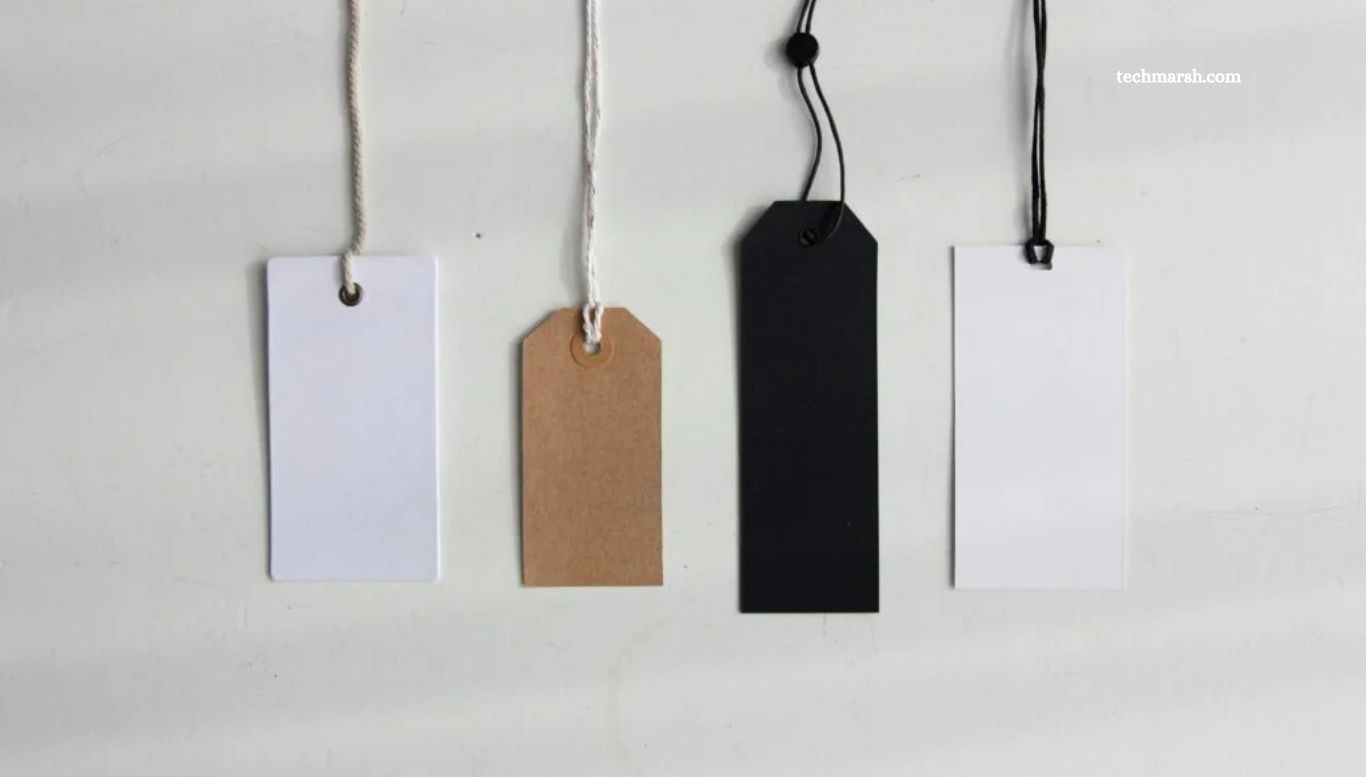Essential Guide to Literotica Tags: What You Should Know

Literotica, a leading platform in the realm of online erotic literature, allows writers to share their creative stories while readers explore their fantasies. A key feature enhancing the user experience is the tagging system, which helps categorize stories. This article explores the significance of Literotica tags, how to use them effectively, and what readers should consider when selecting stories based on these tags.
Understanding Literotica Tags
A tag in Literotica is a keyword or phrase that represents specific themes, genres, or elements within a story. These tags improve story discoverability and help readers find content that matches their interests. They can cover a broad spectrum, from general categories like romance or BDSM to more specific themes such as “first time,” “public sex,” or “sexual awakening.”
Read More: MyFastBroker.com: In-Depth Review and Analysis
The Importance of Literotica Tags
Enhancing Discoverability
Literotica tags significantly boost story discoverability. For readers, they serve as navigational tools that simplify finding stories that match their preferences. In a vast library with countless daily uploads, a carefully selected tag can determine whether a story is read or overlooked.
Tailoring the Reader Experience
Tags also play a crucial role in personalizing the reader’s experience. Authors use specific tags to highlight themes or topics within their stories, helping readers quickly assess if the content aligns with their interests. This enhances satisfaction by allowing readers to filter out unwanted genres or elements, ensuring an enjoyable and fulfilling experience on the platform.
How to Use Literotica Tags Effectively
For Writers
If you’re an aspiring writer aiming to publish your erotic stories on Literotica, understanding how to use tags effectively is key to reaching a broader audience. Here are some tips:
- Be Specific: Avoid broad tags like “erotic” or “romance.” Instead, use specific terms that highlight your story’s unique elements, such as “erotic college romance” or “BDSM fantasy.” This helps potential readers know exactly what to expect.
- Limit Tags: While Literotica allows multiple tags, don’t overdo it. Using too many tags can dilute your story’s focus and appear spammy. Choose a concise set of relevant tags that truly reflect your narrative.
- Update Tags: As your story evolves or based on feedback, revisit your tags. Adjusting them to reflect more prominent elements can help attract the right audience.
For Readers
Navigating Literotica’s vast library can be overwhelming, but here are strategies to help you make the most of the tagging system:
- Use the Search Function: If you have specific interests, use the search feature with relevant tags to find stories that match your preferences. For example, tags like “group sex” or “age gap romance” can direct you to content you’ll enjoy.
- Explore New Genres: While it’s tempting to stick to familiar tags, don’t hesitate to explore new genres. Literotica’s diverse range of tags allows you to uncover unexpected delights.
- Check Ratings and Reviews: Before diving into a story, look at user ratings and reviews. They can offer insights into whether the story aligns with the expectations set by its tags.
Popular Literotica Tags to Consider
To help you get started with your exploration or writing, here are some of the most popular Literotica tags currently in use:
- BDSM: A broad tag encompassing themes of bondage, discipline, dominance, submission, sadism, and masochism. Stories in this category explore the dynamics of power exchange in various ways.
- Interracial: This tag features stories involving characters of different racial or ethnic backgrounds, often exploring cultural differences and challenges.
- Incest: A controversial and sensitive theme in erotic literature, this tag involves stories about forbidden family relationships. Due to its nature, readers tend to approach such content with caution.
- Fetish: Covering a wide range of specific interests, from foot fetishism to latex clothing, this tag offers a deep dive into unique desires and fetishes.
- Vampire/Fantasy: A captivating tag that blends eroticism with supernatural elements. Stories here often feature vampires, werewolves, and other fantastical beings, mixing romance with adventure and intrigue.
Navigating the Ethical Considerations of Literotica Tags
While Literotica tags enrich the storytelling experience, ethical engagement is essential for both readers and writers. Respecting consent and handling sensitive themes with care ensures responsible content creation and consumption. Here are key considerations:
- Consent and Representation: Writers must portray sexual relationships—especially in categories like BDSM or incest—with clear emphasis on consent and mutual agreement. Readers should consider the story’s context and its broader implications.
- Trigger Warnings: Although Literotica lacks a formal trigger warning system, thoughtful tagging helps readers avoid potentially distressing themes. Tags like “non-consensual” must be used responsibly and clearly.
- Sensitivity to Diverse Audiences: Literotica serves a wide-ranging audience with diverse tastes and experiences. Writers and readers should approach content with respect, recognizing that stories may affect individuals differently based on personal backgrounds.
Frequently Asked Questions
What are Literotica tags?
Tags on Literotica are keywords or phrases that describe the themes, genres, or specific elements in a story. They help categorize content and make it easier for readers to find stories that match their interests.
Why are tags important on Literotica?
Tags enhance discoverability and improve user experience by helping readers filter stories based on their preferences. For writers, proper tagging increases visibility and reach.
How should writers choose tags for their stories?
Writers should use specific and relevant tags that accurately reflect the story’s content. Avoid vague or overly broad tags and aim for a concise list that truly represents the narrative.
Can I update tags after publishing a story on Literotica?
Yes, authors can and should update tags if the story evolves or based on reader feedback. Adjusting tags can help reach a more appropriate audience.
Is there a limit to how many tags I can use on Literotica?
While Literotica allows multiple tags, using too many can dilute your story’s focus. It’s best to choose a limited number of relevant and accurate tags.
Are there tags for sensitive content like non-consensual themes?
Yes, tags like “non-consensual” or “incest” exist, but they should be used responsibly. Writers must be clear about the content, and readers should approach such stories with caution.
Do readers use tags to search for stories?
Absolutely. Literotica’s search function allows users to explore content by entering tags, making it easier to find stories that align with specific desires or genres.
Can tags help me discover new genres?
Yes, exploring different tags is a great way to discover new genres and expand your reading experience. Literotica offers a wide variety of tags to suit diverse interests.
Conclusion
Literotica tags play a crucial role in shaping the user experience for both writers and readers. They not only improve content discoverability but also help set clear expectations about a story’s theme, tone, and subject matter. For writers, using tags strategically enhances visibility and reader engagement.
For readers, tags act as a guide to find stories that match their personal interests while avoiding content they’d rather skip. By using tags ethically and thoughtfully, the Literotica community can continue to enjoy a respectful, diverse, and satisfying storytelling environment.




